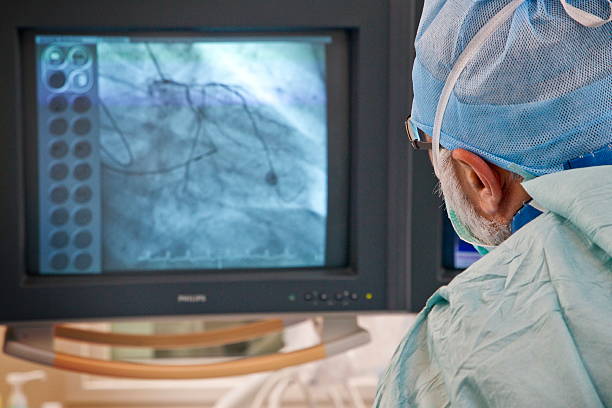Angiography (Including Non-Ionic Contrast) in India starts from $500. The total cost of the treatment depends on the diagnosis and facilities opted by the patient.
An angiography, also identified as an angiogram, is an X-Ray test that requires the use of a dye and a camera in order to take perfect pictures of the blood circulation inside a vein or an artery. This technique can be done for the veins or the arteries of the chest, arms back, belly, head, and the legs.
Hospitals in India rely on scientific research, advancement, and education. It makes every effort to develop, research and use new technology to expand patients experience and fulfillment. Each year, hundreds of patients from the neighboring states and overseas visit India for angiography. The hospitals in India is fortified with all the latest technology that preserves it at par with any top hospital overseas. The hospital encourages cross-consultation that guarantees thorough and wide-ranging diagnosis and treatment of the patient. The hospitals in India has some of the best surgeons and doctors who have good experience and expertise in performing angiography with the help of the latest technology and best treatment methods available in the world.






